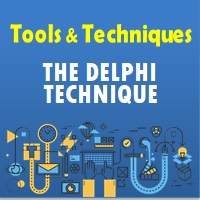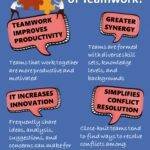
Building Consensus with the Delphi Technique
The Delphi technique, developed in the 1950s, is a good option when you need to reach a group consensus for a major decision.
This technique was first developed in the 1950s by Norman Dalkey and Olaf Helmer in an attempt to gain reliable expert consensus. Specifically, they developed an approach—named after the Ancient Greek Oracle of Delphi, who could predict the future—which promoted anonymity and avoided direct confrontation between experts.
This group decision-making process takes all of the ideas generated by your team and compiles them for the leader of the group to break down into a smaller list of possible approaches. Those fewer options are then taken back to the group for further discussion and collective consideration.
Essentially, the choices are condensed until a majority decision can be made. The idea is that when there are fewer options available a decision is reached with much more ease and with collective agreement from you and your team members.
How to apply the Delphi Method?
The Delphi method consists of several rounds of written questionnaires that allow experts to give their opinions. After the experts answer each round of questionnaires, the facilitator collects all the answers and hands out a summary report of the answers to each expert.
Then, the experts review the summary report and either agree or disagree with the other experts’ answers. The experts then fill out another questionnaire that gives them the opportunity to provide updated opinions based on what they understand from the summary report.
This technique becomes complete when a consensus of forecasts is achieved.
- Identify the issue and objective
- Choose a group of experts and a facilitator
- Round one questionnaire
The type of questions in round one are usually open-ended, as it allows experts to brainstorm their ideas. In the summary report, the experts’ identities remain anonymous to encourage them to state their opinions freely. - Round two questionnaire
The second questionnaire should be created by analyzing the answers that you observe from the first round. Identify any similarities between answers and eliminate irrelevant content, so the second questionnaire can go in the direction where there is consensus within the experts. After the completion of the second questionnaire, the facilitator hands out a second summary report of answers to the experts. - Round three questionnaire
Proceed to the third round with the same idea as the second round. You may continue to go through additional rounds of questionnaires or choose to stop here if you feel like you’ve reached enough consensus between the experts, and all their forecasts agree with each other.


